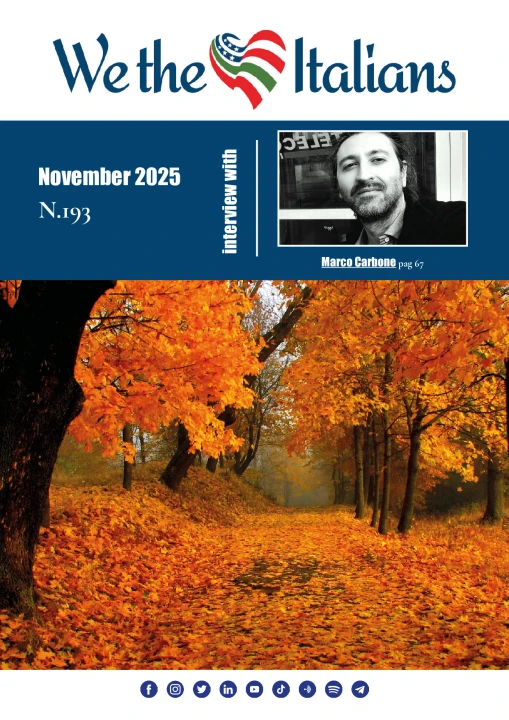The photographic exhibition Italia giardino del mondo. Where Nature meets Art, Craft and Design, the first Italian stop of the traveling exhibition dedicated to the heritage of Italian gardens, classical and contemporary, conceived, together with the publication of the same name, as a project of integrated promotion of Italy, produced by the Ministry of Foreign Affairs and International Cooperation.
The image and culture of the “Italian garden” are at the center of a predominantly iconographic exhibition itinerary, which describes, in a perspective of long historical duration, from the Renaissance to the present day, an extraordinary heritage of “living monuments,” seen through auteur photographs and historical documents.
But instead of proceeding chronologically, or by formal or regional models, the exhibition aims to account for the richness of this heritage by articulating the exhibition itinerary around seven thematic keys that traverse the history of the Italian garden. These seven thematic keys are: the relationship with the landscape; design; water; botanical research; dialogue with the arts; the social dimension; the value of the craft. They will be instrumental in order to point the lens on that set of knowledge and techniques of which Italian gardens are an expression through time, and which offer a glimpse into that heritage of all-Italian creativity, which has been one of the matrices of European culture, not only of garden art, but also of landscape and more generally of the human/nature relationship.
From the Renaissance and the emergence of the so-called “Italian Garden”, referable to the model of the sixteenth-century gardens of Tuscany and Latium, the exhibition reaches the present day, through public and private parks, historic villas, monumental gardens and references to the knowledge and practices that, through time, have revealed Italian “know-how” in this field. In this sense, some of the leading figures of garden design in contemporary Italy emerge from this journey.
First and foremost, Pietro Porcinai (1910-1986), the Florentine landscape architect to whom we owe the greatest contribution to the shaping of an idea of modern Italian landscape, for his ability to confront and interpret a very rich heritage in a design key, while at the same time managing to bring history and innovation into dialogue, evoking a wide range of themes such as ecology, collaboration between the professions, and the social mission of landscape, which were then completely foreign to Italian culture. And Maria Teresa Parpagliolo (1903-1974), who was able to establish herself, in the interwar and post-World War II period, in a professional field new to Italy-that of Landscape Architecture-and advocate the importance of synergistic design between public parks and private gardens in which to reconcile aesthetic function and environmental values.
Accompanying the exhibition is a publication that brings together all the images on display, author photographs and historical iconographic material, with academic essays for each section.
The Italia Giardino del Mondo exhibition will then continue its international tour with the support of the network of Italian Embassies, Consulates and Institutes of Culture, and will be a traveling showcase of Italian beauty and inventive capacity to be enhanced or yet to be discovered, fostering new itineraries of sustainable tourism and the spread of a renewed environmental and landscape sensitivity.




